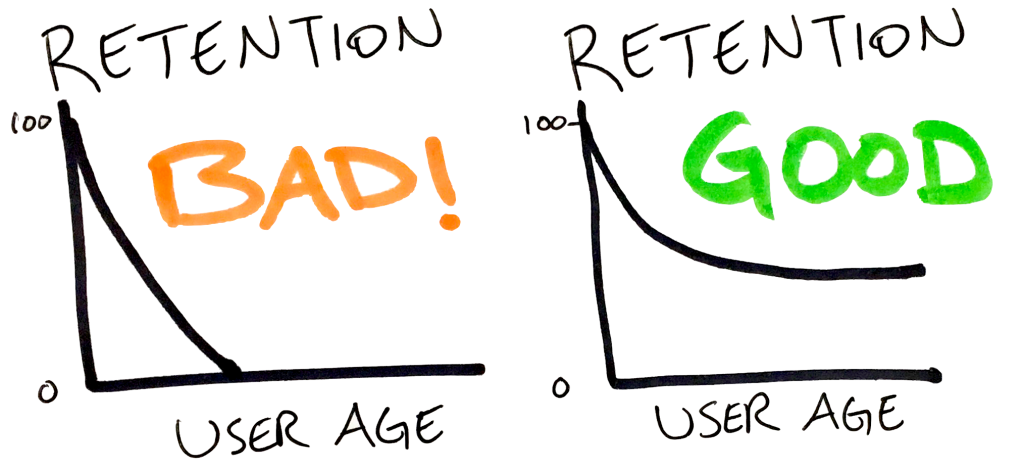I worked on dozens of tests and optimizations of Dropbox’s referral program. There is an incredibly amount of work on product and engineering that goes into making systems like that to be so successful.
But where to start?
What if you don’t have any referral program? Here are a 3 things to do TODAY to get started.
1. Measure: Do People Like My App?
People tell their friends about things they like. Referral programs, whether incentivized or not, just make that easier to drive good performance.
So how can we measure whether people would even use a referral program?
Luckily, there is a very well understood marketing survey that literally asks, “On a scale of 1-10, how likely are you to recommend this to a friend?”
It’s called Net Promoter Score, or NPS for short. You take the percentage of respondents that answer 9 or 10, and subtract the percentage that answer 1-6. The thinking is that people that say 5/10 actually have a strong reservation that would make them not actually recommend the app — maybe even prevent a friend from trying it if it came up.
If you survey your users and your NPS is less than zero, I wouldn’t bother with a referral program. You might get some people telling friends, but not enough to justify the product engineering investment.
Another way to measure happiness is retention. Plot percentage of users retained by user age. This isn’t retention by calendar time, but measuring relative to the user’s signup date. If all your users go away, your problem is the quality of your product, not your top of funnel growth.
Sometimes higher density changes retention, but be very wary of making excuses for terrible retention. The simplest explanation is that you can’t read minds and didn’t correctly predict what people want you to build.

If your NPS or retention are good, proceed. Side note: if you continuously survey NPS, prompt people that answer positively to use your referral program. I wish this were baked into survey tools. My friends at SendWithUs have a great template to try here.
2. Send a Basic Request for Referrals
Ok, so you know people like your product. The simplest way to test whether they would use a referral program is to ask them to refer people. But you want to make it at least trackable to get some insight here.
You can compose invite links that show the user they will get credit. Send an email to everyone asking for referrals, and make the invite link really obvious. This global link is often important in referral flows anyway, so get some practice on highlighting it.
yoursite.com/#invite?u=ivan@yesgraph.com
You can send this to all your users once. For a real program, make it part of the user lifecycle.
Here is what that email might look like:
![]()
Hi [Name],
Thank you so much for using [Example]. We’re delighted to have the support of early users like you.
I wanted to ask if you could tell your friends about [Example]. It would help us grow and expand — and also help your friends get [simple value prop].
You can just forward this email, or just share this invite link: www.example.com/#invite?u=ivan@yesgraph.com
Thanks,
Mary McFounder
3. Decide to Invest More – Or Not
Now you have a great deal of evidence to understand your users and the potential for a referral program.
Almost any outbound email tool can templatize that invite link based on the recipient. Almost any analytics tool will tell you which pages people see. So you can track opens on the email, clicks on the email, and then clicks on the link. With a very small amount of work, you can track which signups came from your brand new referral channel.
Generally, this is how you should be running all your growth experiments: what is the least amount of work to learn as much as possible and drive the most results.
The same applies to everything you do downstream. Measure where in the funnel this invite flow break. Check out this post about the metrics I recommend measuring for any viral flow. Then come up with experiments to improve the results.
If your engagement with this basic referral program is atrocious, then the product or your users need to change. There is a chance that designing the referral program differently can make a big difference. But this test touches many users and should serve as a good baseline.
How should you decide to invest more? That depends on your product and competing acquisition channels. Judge from first principles whether this experiment was a success for you.
If you have questions about this post or growth, join the YesGraph growth community on Slack: http://community.yesgraph.com
Or just email me: ivan@yesgraph.com
